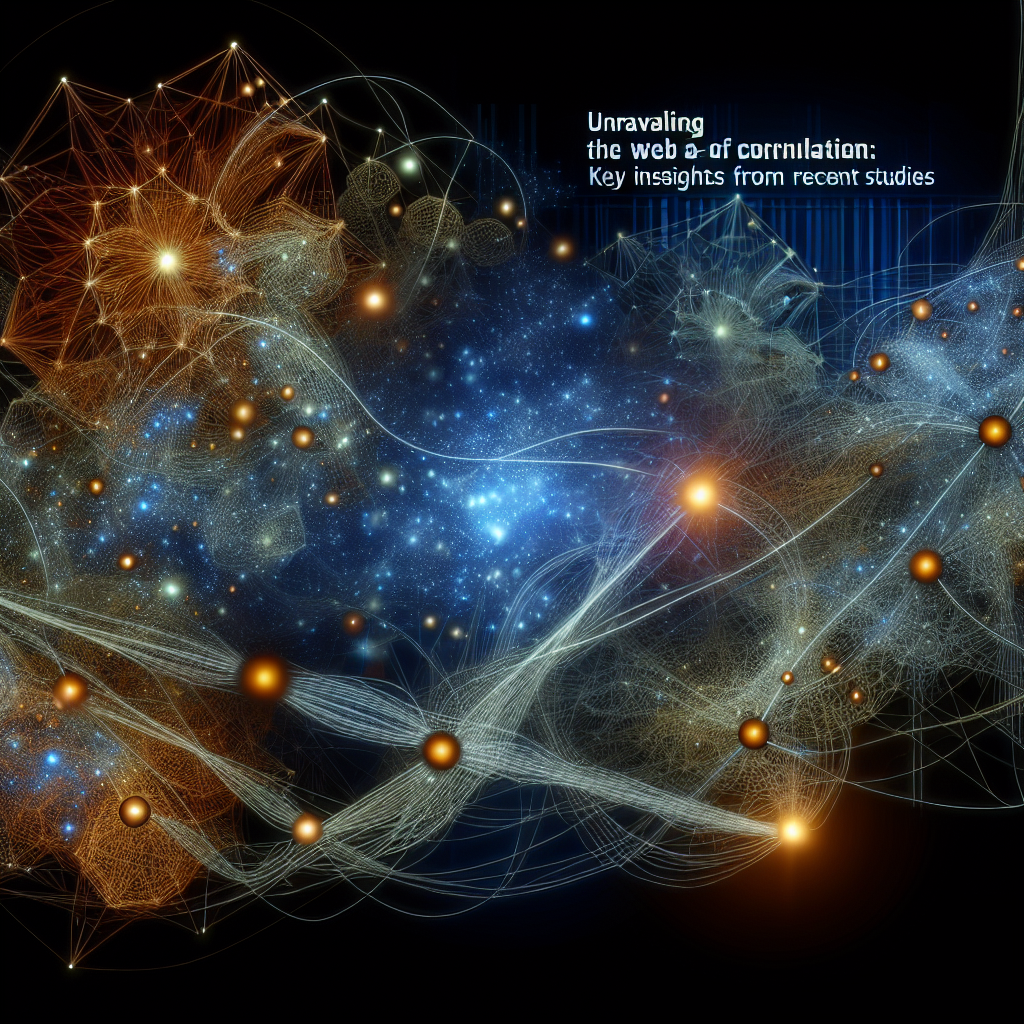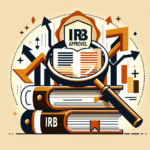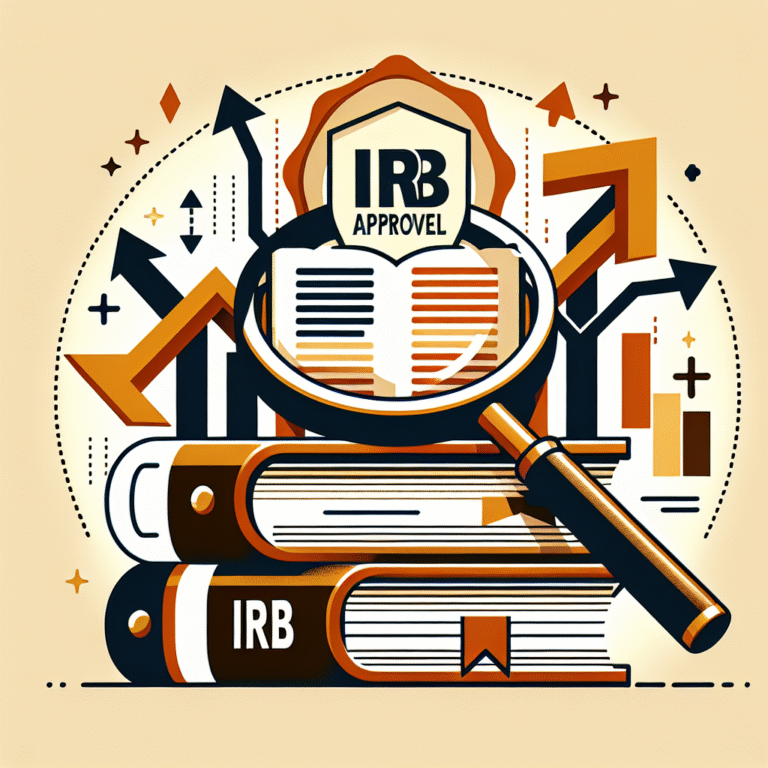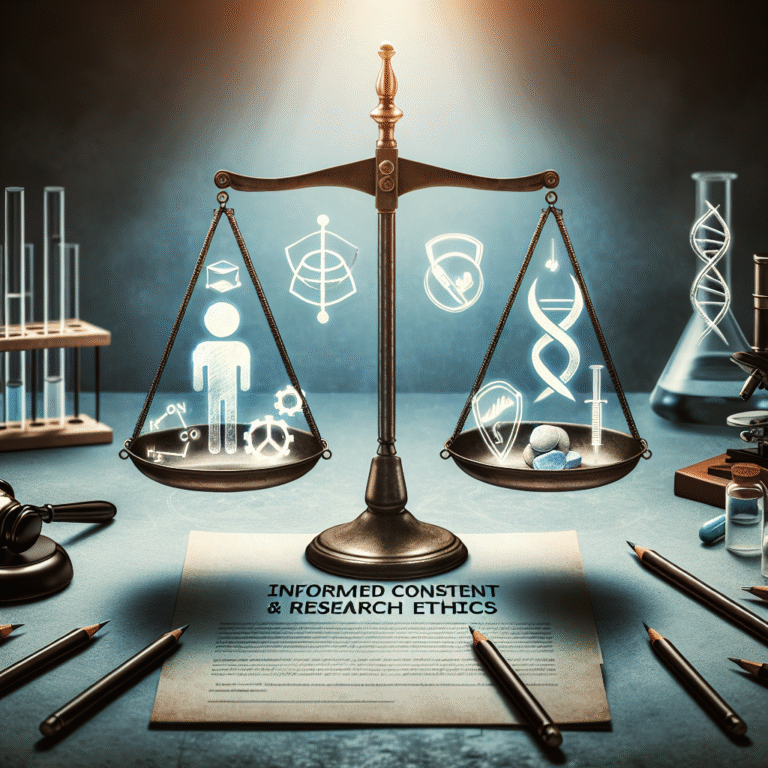
Introduction
In an age where we are bombarded with data, understanding the intricate connections between various variables in our world is vital. The phrase "correlation does not imply causation" echoes through academic and professional circles, but the nuanced web of relationships goes far beyond these simple words. Unraveling the Web of Correlation: Proven Insights from Recent Studies not only helps us decipher complex data but also empowers decision-makers across various fields—from healthcare to marketing. This article will explore significant studies and case analyses, aiming to shed light on how understanding correlation can lead to better strategies and outcomes in our professional lives.
1. The Foundation of Correlation
1.1 What is Correlation?
Correlation refers to the statistical relationship between two or more variables, illustrating how changes in one can affect changes in another. This relationship can be positive, negative, or even non-existent. For example, a positive correlation indicates that as one variable increases, so does the other. Conversely, a negative correlation signals that when one variable rises, the other falls.
| Type of Correlation | Description |
|---|---|
| Positive | Both variables increase together |
| Negative | One variable increases while the other decreases |
| No correlation | No discernible relationship |
1.2 Why is It Important?
Understanding correlation is essential not only for researchers but also for business leaders, healthcare providers, and policymakers. Recognizing these relationships can lead to more informed decisions and ultimately better results. The first step in Unraveling the Web of Correlation: Proven Insights from Recent Studies lies in knowing how to properly analyze and interpret this vital data.
2. Recent Studies: Peeking Behind the Curtain
2.1 The Healthcare Sector
Case Study: Nutrition and Heart Disease
A recent longitudinal study published in the American Journal of Clinical Nutrition highlighted the correlation between dietary habits and heart disease. The study tracked over 90,000 participants for several years and demonstrated that higher intakes of fruits and vegetables correlated with lower incidences of heart disease.
Analysis: This correlation highlights the need for public health initiatives aimed at improving dietary habits. Recognizing this relationship can lead to impactful changes in community health programs.
2.2 The Marketing Realm
Case Study: Social Media Engagement and Sales
In the world of digital marketing, various studies have examined the correlation between social media engagement and sales numbers. A study by Buffer revealed that brands with higher engagement rates on platforms like Instagram and Twitter saw a direct correlation to increased sales.
| Engagement Rate (%) | Sales Increase (%) |
|---|---|
| 1-5% | 10% |
| 6-10% | 20% |
| 11%+ | 30% |
Analysis: For marketers, understanding this correlation allows for more strategic campaigns aimed at enhancing customer engagement, ultimately driving sales.
2.3 Education and Academic Performance
Case Study: Classroom Environment and Student Outcomes
Research conducted by Stanford University explored how classroom environments correlate with student performance. The study found that classrooms characterized by supportive peer interactions correlated with higher academic achievement.
Analysis: This finding emphasizes the importance of creating nurturing educational environments, offering key insights for educators and administrators.
3. Tools for Analyzing Correlation
3.1 Correlation Coefficients
One of the most effective methods for quantifying correlation is the correlation coefficient, which ranges from -1 to 1. A coefficient of 1 indicates a perfect positive correlation, while -1 signifies a perfect negative correlation. A coefficient of 0 implies no relationship whatsoever.
3.2 Visualizing Correlation
Tables and charts are invaluable tools for visualizing correlations. Scatter plots are particularly effective, as they graphically depict the relationship between two variables, enabling quick assessments of correlation.
| Variable X | Variable Y | Scatter Plot Representation |
|---|---|---|
| 1 | 2 | 🔳 |
| 2 | 4 | 🔳 |
| 3 | 6 | 🔳 |
Creating visual representations can simplify complex data, making the correlations more apparent to stakeholders.
4. Challenges in Interpreting Correlation
4.1 The Pitfalls of Misinterpretation
Despite its importance, many fall into the trap of misinterpreting correlations. For instance, a study might show a high correlation between ice cream sales and shark attacks, yet this relationship is spurious since both increase during the summer months.
Insight: This illustrates one of the key takeaways in Unraveling the Web of Correlation: Proven Insights from Recent Studies: Always consider external variables and potential confounding factors.
4.2 Overreliance on Correlation
While correlation can guide decision-making, overreliance might lead to misguided policies. For example, a strong correlation between economic growth and education levels exists; however, this does not prove that increasing educational attainment will lead directly to economic growth.
5. Leveraging Correlation for Actionable Insights
5.1 Making Data-Driven Decisions
Understanding and utilizing correlation can provide actionable insights. For instance, in the above-discussed healthcare study, public health officials can develop targeted nutrition programs if they comprehend the strong correlation between diet and heart disease.
5.2 Case Example: Proactive Business Strategies
In a business scenario, understanding the correlation between customer service satisfaction and customer retention rates can drive businesses to prioritize better service, ultimately affecting their bottom line.
Conclusion
Unraveling the Web of Correlation: Proven Insights from Recent Studies presents a landscape of opportunity in data understanding. By comprehending how various factors interact with one another, individuals and organizations can make better-informed decisions, paving the way for better outcomes across multiple domains—be it healthcare, marketing, or education.
Key Takeaway:
Never underestimate the power of correlation. Utilize it wisely, keeping in mind the complexities and external factors at play, to harness data effectively.
FAQ Section
1. What’s the difference between correlation and causation?
Correlation indicates a relationship between two variables, while causation implies one variable directly affects the other.
2. Can correlation change over time?
Yes, correlation can fluctuate based on changing conditions or external factors affecting the variables in question.
3. How can I measure correlation in my data?
You can use statistical tools like Pearson’s correlation coefficient or software programs such as R or Python libraries to measure correlation.
4. Is it possible for two unrelated variables to show correlation?
Yes, it’s called a spurious correlation, often caused by external factors or coincidental patterns.
5. How can businesses apply correlation findings?
Businesses can use correlation insights to refine marketing strategies, enhance customer service, and improve product offerings based on consumer behavior.
Understanding correlation can be a powerful asset in today’s data-driven environment. As you delve deeper into the web of relationships among various data points, remember: knowledge is only as effective as the action it inspires.
















